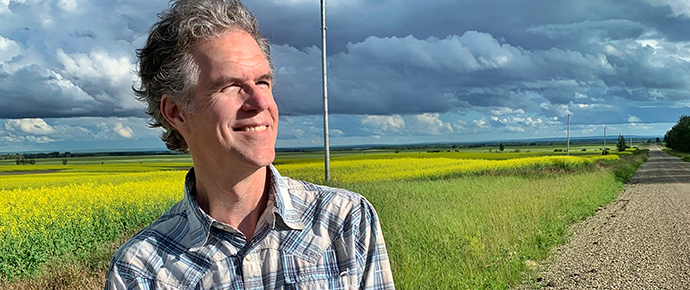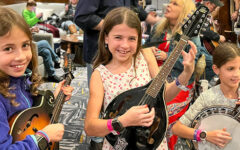
I’ve noticed within the entertainment industry a growing interest in the back stories of the villains of some of our legends, fairy tales, and classic superhero stories. Having milked most of the superhero and Grimm’s fairy tale-based franchises dry, all that’s left is to retell these tales from the point of view of the antagonists. The result is that we’re now treated to in-depth examinations of characters like Jabba the Hut, Lex Luthor, or that cannibalistic witch from Hansel and Gretel, learning about their childhood trials and disappointments and finding out just what made them turn the psychological corner and want to rule the world or eat children in the forest. This has given rise to movies like the recent Joker, or the musical Wicked about the witches from the land of Oz. Disney has released two movies about the evil fairy Maleficent from the Sleeping Beauty story. This is Disney’s plot summary for their first one:
“A beautiful, pure-hearted young woman, Maleficent has an idyllic life growing up in a peaceable forest kingdom, until one day when an invading army threatens the harmony of the land. Maleficent rises to be the land’s fiercest protector, but she ultimately suffers a ruthless betrayal – an act that begins to turn her pure heart to stone. Bent on revenge, Maleficent faces a battle with the invading king’s successor and, as a result, places a curse upon his newborn infant Aurora. As the child grows, Maleficent realizes that Aurora holds the key to peace in the kingdom – and perhaps to Maleficent’s true happiness as well.”
Should we take this approach with some of the villains and antagonists of bluegrass songs? Probably not, but here’s what it might look like if we did:
Let’s start with Willie (aka “Little Willie”) who is likely responsible for the murders of Pretty Polly, the Knoxville Girl, and that unfortunate girl on the Banks of the Ohio, just to name a few:
Willie grew up the youngest of eight children in 19th century England or possibly 20th century Tennessee. His father was kind at times but rarely home, his mother rejected and criticized him, and his brothers and sisters ignored him. He took an early interest in ballet and playing the harmonica. He was also fluent in Pig Latin, and his ping pong serve was devastating. None of this impressed the members of his family who only teased him, saying things like, “Harmonica? Well you’re no Charlie McCoy!” or “Ballet? Who do you think you are, Joe Namath?” It led Willie to become withdrawn and insecure. He had few friends in school, and he couldn’t seem to keep girlfriends past the first date or two. They were intrigued at first by the harmonica and dance skills, as well as his bilingual suavity, but they soon found him possessive and controlling. Those with any self-respect ran for the hills. Things really started to go wrong for Willie when he started running for the hills after them.
How about the little-known back story of the snake of The Little Girl and the Dreadful Snake fame:
The snake came into this world the way most snakes do, from an egg or something. He had a mostly happy childhood. In adolescence he spent his days eating rodents or toads, occasionally sunbathing, and generally doing a lot of slithering. Only rarely did he feel the need to bite anybody. His first encounter with humans didn’t go well, however, and this is where his life took an unfortunate turn. A group of boys picked him up and were clearly planning to kill him, so in an act of desperation, he bit one of them on the arm. He managed to escape, but later that day, some adults seemed to be combing the woods for him, probably seeking revenge. After that, he was wary and fearful of humans, and he would avoid them whenever possible, but he would try to look intimidating and even hiss if he was discovered. Little girls had a tendency to scream when they saw him and he resented that. Shouldn’t he be the one screaming? After all it was her own kind, maybe even her own brothers, who tried to kill him. In time he just accepted that he should act scary around little girls wandering in the woods, but he still considers the labels “awful” and “dreadful” unfair.
Next week:
Dark as a Dungeon retold from the point of view of the coal mine.







